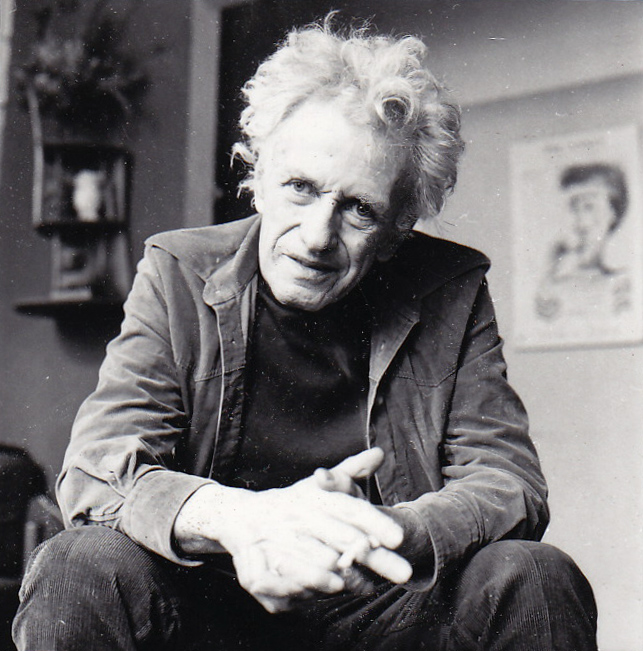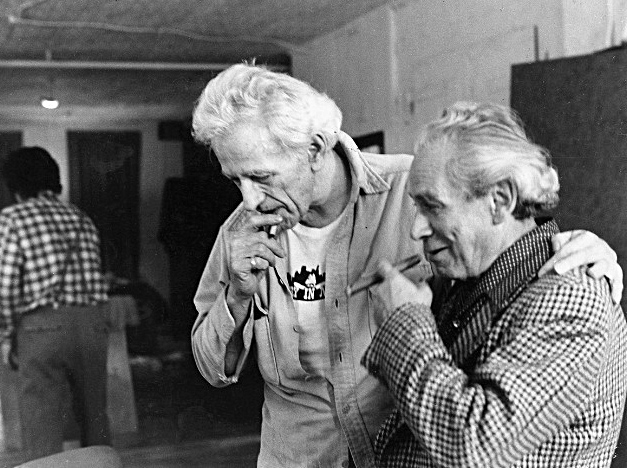
Courtesy of Charlie Levi
A screening of Nicholas Ray’s film titled “We Can’t Go Home Again” will show today at the James Bridges Theater on campus.
A nameless generation stands alienated from society, searching for its own identity while fighting through the shadow cast by its preceding generation. Nicholas Ray’s “We Can’t Go Home Again” (1976), playing tonight at the James Bridges Theater, takes a closer look at the generation of the post-1960s social revolution fighting to make its own imprint on American history.
After living in Europe for 10 years, Nicholas Ray, American director of movies such as “Rebel Without A Cause” and “Johnny Guitar,” returned to the United States to become a professor at Harpur College of Arts and Sciences in Binghamton, N.Y..
While teaching film at Harpur, Ray, along with his film students, began working on the stylistically avant-garde film “We Can’t Go Home Again.” Ray and his students play fictionalized versions of themselves and reveal topics such as the Vietnam-era, the generation gap after the 1960s social movement, living in a commune, and the filmmaking process itself. The Harpur College students who assisted Ray on the film were part of the generation that followed the social revolution in the 1960s.
“(It is a) generation of alienated American teenagers as they are growing up in a world that really has no place for them,” said Bill Krohn, United States correspondent for the French film magazine Cahiers du Cinéma.
Krohn called this generation “Generation Next” and adds that Ray compares himself to this generation in the film.
Ray had a very distinct style of film making, according to Christa Fuller, an actress and friend of Ray’s.
“Ray viewed the screen as a symbol of fascism because, within the screen, you are framed and closed in with no flexibility,” Fuller said. “Ray wanted to get away from the screen, so he split the screen by showing multiple images on (it) at once.”
Thus, in “We Can’t Go Home Again,” the screen frequently splits into four distinct images, leaving the viewer to watch four independent scenes simultaneously on one screen.
In light of the film’s use of techniques such as the split screen, Krohn said that the film offers an alternative to simply repeating Hollywood models.
“It totally explodes the screen, and … the story-telling paradigm,” Krohn said.
“We Can’t Go Home Again” remains an artistically influential film to this day. Though the film was made around 35 years ago, Krohn said that the film could really exert an interesting and strong influence on young filmmakers today.
Susan Ray, Nicholas Ray’s widowed wife and overseer of the restoration of “We Can’t Go Home Again,” said that the film’s lifespan is far from over.
“I think the impact of the film has only begun. I think that it is still ahead of its time, (around) 40 years after it was shot,” she said.
She also said that the audience should have patience when watching the film.
“I think it is a movie that reveals itself over multiple screenings. It’s not a film that you necessarily can just be entertained by,” Ray said. “It requires a certain effort on the part of the audience, even if that effort is only to open wide and be receptive.”
